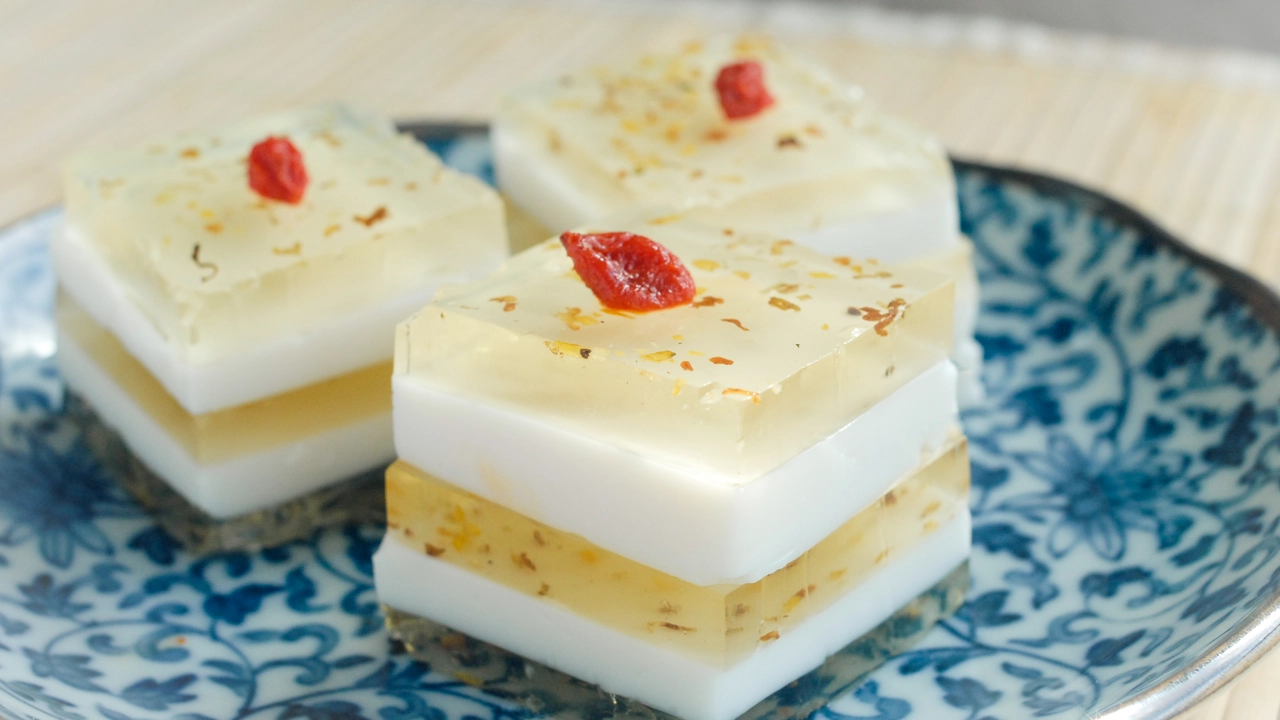Unveiling the Delicacies: Popular Chinese Desserts
Just as you would walk into a pastry shop and be delighted by the sweet scent of freshly baked goodies, I'm going to entice your senses with a whisk into the world of Chinese desserts. Now, if you've ever been to a Chinese restaurant, you might have noticed that the dessert menu is quite different from what you'd ordinarily find in your local bake shop. You won't see frosted cakes or chocolate chip cookies, but don't let that fool you. Chinese desserts are a unique blend of flavors, textures, and experiences that are just as fulfilling - if not more so.
Chinese dessert, or "tian pin," as it's known in Mandarin, is not your typical sweet finale to a meal. Think less along the lines of sugar highs and more toward subtle sweetness, often mingled with textures from glutinous rice, beans, fruits, and jellies. Many traditional desserts hold a special place in Chinese culture, often related to festivals, luck, and prosperity. And being an ardent foodie and traveler, it's Arlo here sharing with you some of my favorite Chinese desserts, their recipes, and the traditions they stem from.
The Subtle Art of Mooncakes
Long before 'MasterChef' and 'The Great British Bake-off' made baking glamorous, Chinese households had been crafting mooncakes, the quintessential Mid-Autumn Festival dessert, since the Tang Dynasty. The festival is a celebration of lunar appreciation and moon watching. It's a truly memorable feast, not to mention a spectacular sight!
Mooncakes are a bit of an art and a craft unto themselves, with their ornate designs typically imprinted on the crust. Traditionally, they're filled with lotus seed paste and salted egg yolks, symbolizing the full moon. But over time, chefs have played around with all sorts of fillings - sweet red bean paste, black sesame paste, and even a version with five kinds of nuts and seeds! Making mooncakes might seem a daunting task for first-timers. Still, the experience is rewarding once you take a bite out of the delicately sweet filling encased in a slightly crumbly crust under a cup of hot tea.
Mango Pudding: A Tropical Delight
Mango pudding is the perfect summer dessert, with its cool, refreshing, and creamy texture. I vividly remember a trip to Hong Kong a few years ago. It was sweltering hot, and finding a dessert shop serving this chilled, slippery, and sweet delight was like discovering an oasis in the desert.
Making mango pudding at home might seem like a complex feat, but I assure you, it's quite simple. Fresh ripe mangoes, sugar, milk, and unflavored gelatin are key ingredients. If you're feeling a bit adventurous, you can even add evaporated milk or condensed milk for added creaminess. The result? A soft, creamy, luscious dessert that makes a hot summer day bearable, and on which, I promise, your sweet cravings will happily feast.
Doughnut's Chinese Cousin: Youtiao
Imagine a delightful culinary cousin of the doughnut, but lighter, airier, and not as sweet. Meet Youtiao, the Chinese doughnut often served for breakfast, accompanied by warm soy milk or rice porridge. An iconic Chinese delicacy, Youtiao has a rich history, the recipe for which has been passed down generations.
In essence, Youtiao is a lightly salted and crispy strip of dough that's deep-fried to golden perfection. The preparation, however, is quite intricate. The dough is leavened with yeast and left to rise for hours. Then it's rolled out, cut into strips, and two strips are pressed together before being deep-fried. It does take practice to perfect, but the end results are totally worth it.
Nian Gao: A Sticky Wish for a Successful Year
Can you imagine a dessert that serves the purpose of sending wishes for success? Welcome to Nian Gao, a sweet, sticky rice cake traditionally eaten during Chinese New Year, symbolizing a successful year ahead.
Nian Gao is decidedly unique. It's made with glutinous rice flour, making it sticky, almost like a dense pudding. You can flavor it with brown sugar or dates, but it isn't overly sweet. Traditionally, after the cake is steamed to a sticky consistency, it's cut into pieces, dipped in beaten eggs, and pan-fried until golden. It's a dessert, yes, but it also makes for an excellent breakfast or snack on a cold winter day.
Tangyuan: A Sweet Celebration of Togetherness
Imagine a warm bowl of sweet soup, in which float little balls of sticky rice, stuffed with anything from sweet black sesame paste to ground peanuts. That's Tangyuan, a dessert typically enjoyed during the Lantern Festival, symbolizing family unity and togetherness - a perfect ending to the feast of this article!
Tangyuan are small, round dumplings made with glutinous rice flour and water. They can be filled with a variety of sweet stuffings, then served in a sweetened ginger or red bean soup. The contrast of the slightly chewy dumplings against the soft, sweet soup is a beautiful culinary experience you don't want to miss.
Exploring the Chinese dessert repertoire has been an amazing journey. Along the way, we discovered not only the diversity of flavors and textures but also how deeply ingrained these delicacies are in Chinese culture and traditions. Will you join me on this sweet adventure and try one or perhaps all of these recipes at home? Remember, adventures and memories are always the sweeter when shared with loved ones, and a sweet treat like these Chinese desserts is no exception!

